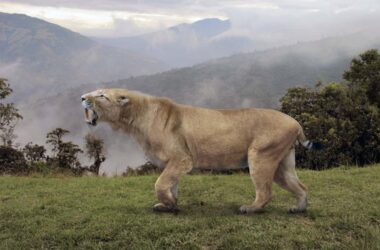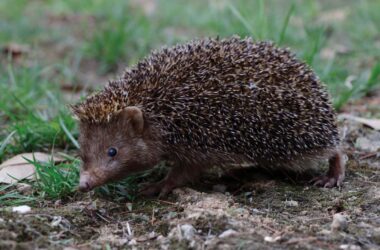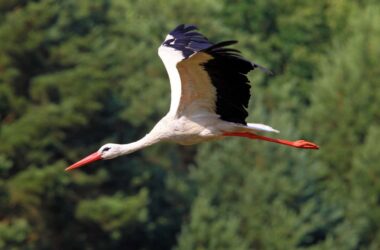A recent discovery of fossilized faeces, known as coprolites, belonging to a crocodile-like predator that existed 200 million years ago has revealed that the animal was infected with multiple species of parasites. This finding is significant as evidence of ancient parasites in the fossil record is rare, and it provides insights into how these parasites spread across different species.
Parasites primarily infect the soft tissues of animals, which typically do not preserve well over time. To study the parasites within the fossilized dung, a research team led by Thanit Nonsrirach from Mahasarakham University in Thailand examined a coprolite sample from the Huai Hin Lat Formation in northeastern Thailand. The coprolite was first discovered in 2010.
To determine the origin of the faeces, the researchers analyzed the shape and contents of the coprolite. They photographed and measured it before hardening it with an epoxy resin. The coprolite, which was 7 centimeters long and 2 centimeters thick, was then sliced into thin sections.
Under microscopic examination of the slides, the team discovered parasite eggs of various sizes and shapes trapped in the droppings. Most of the eggs were round and oval, with a thickness comparable to that of a human hair. The researchers suspect that up to six species of parasites, including intestinal worms called nematodes from the order Ascaridida, are present in the ancient faeces.
Based on the analysis, the researchers concluded that the coprolite was most likely left by an armoured, semi-aquatic reptile resembling a modern crocodile. They suggest that the specimen belonged to a crocodile-like animal or a species that co-existed with crocodiles, such as phytosaurs, which emerged around 100 million years ago during the Late Cretaceous. The researchers estimate that the coprolite is from the early Late Triassic Epoch, dating back approximately 237 million to 208 million years ago.
This discovery is crucial for understanding the diversity of parasites and their interactions within ancient ecosystems. Nonsrirach believes that the reptile may have ingested the parasites by consuming infected fish, amphibians, or other reptiles in its environment.








